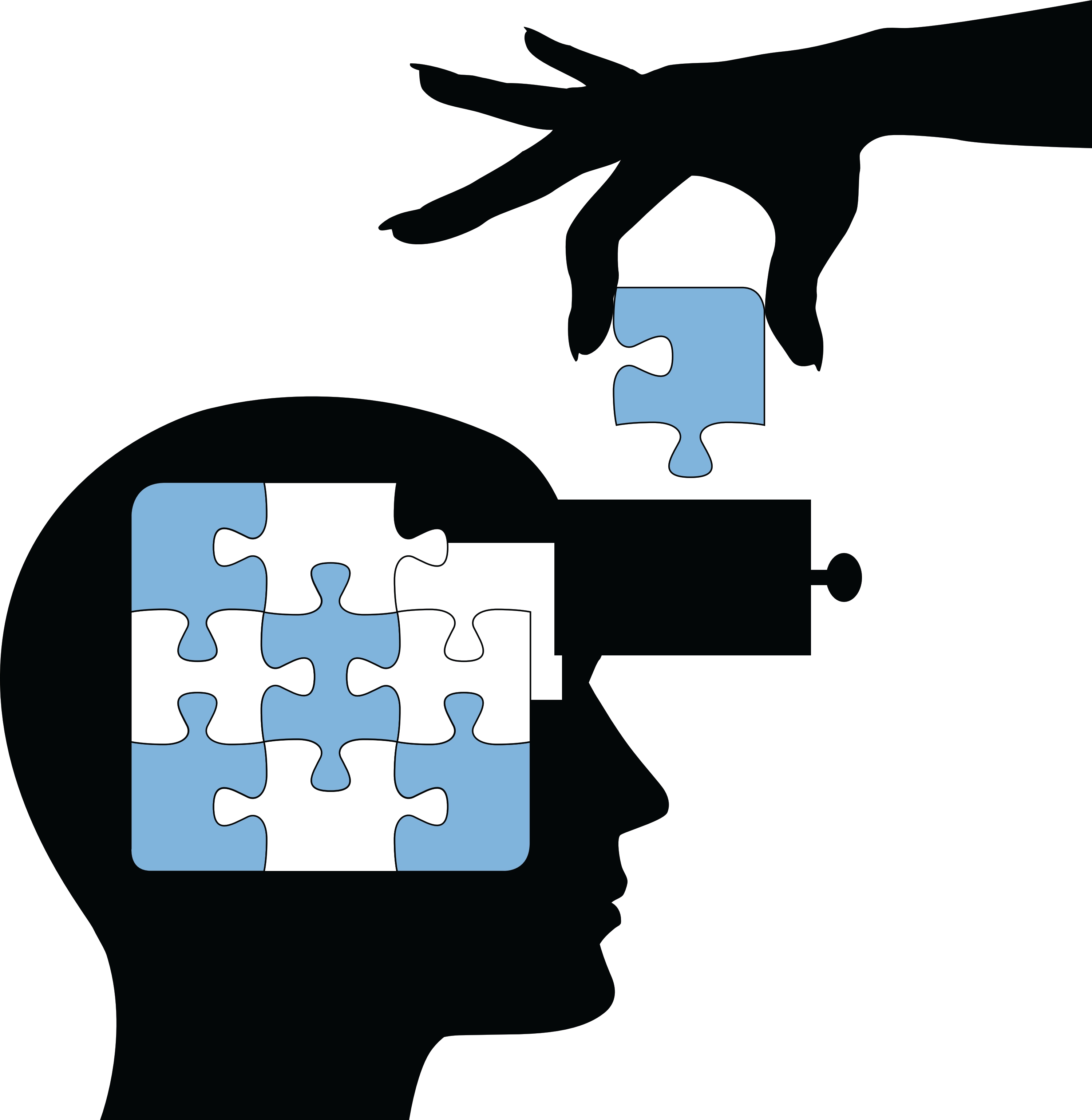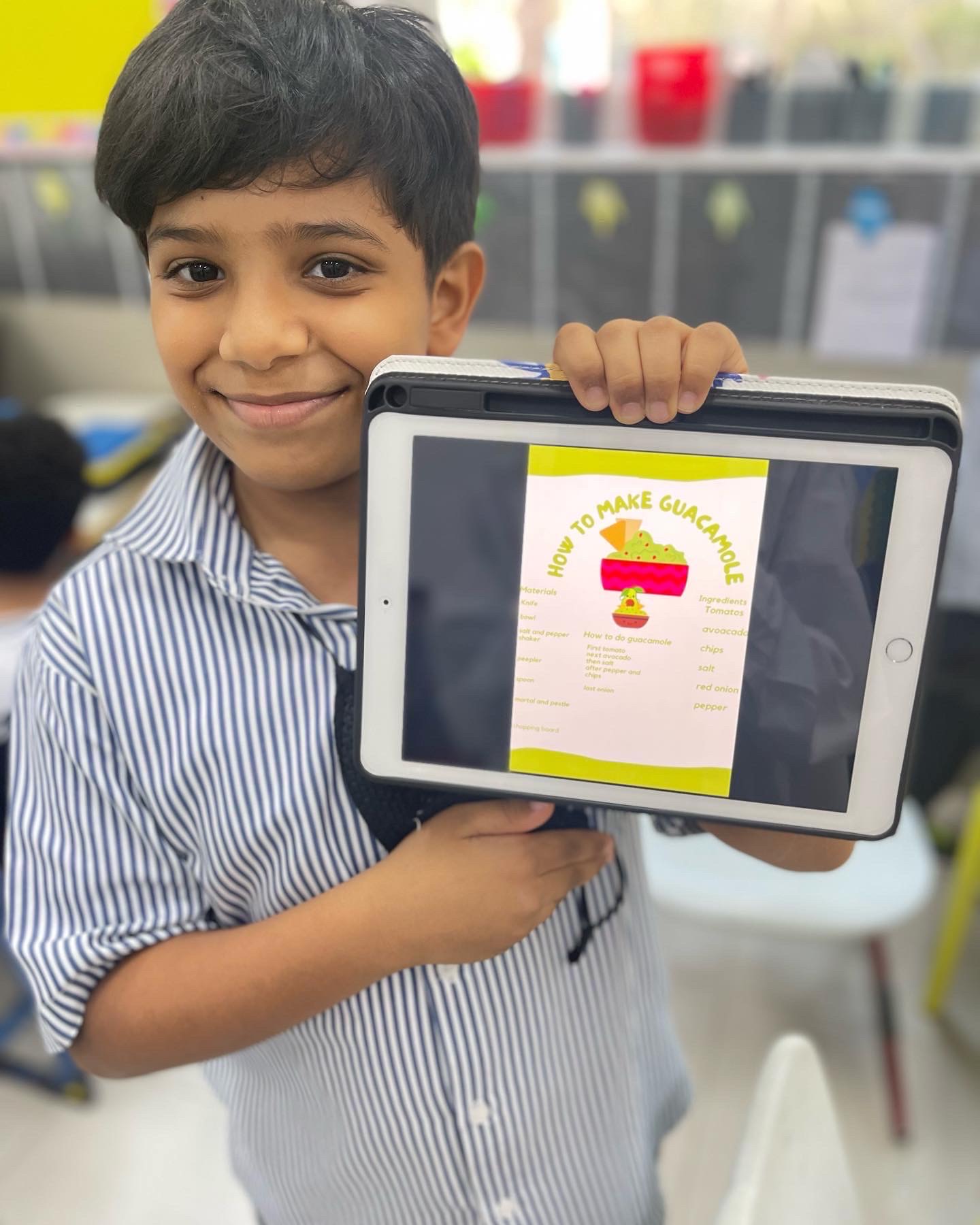Unlocking The Power Of Experiential Learning To Unlearn Strategically
So, you’ve probably heard the buzz around experiential learning and how it’s changing the game when it comes to personal and professional growth. But what if I told you that unlocking the power of experiential learning isn’t just about learning—it’s also about unlearning strategically? Yep, that’s right. Sometimes, we need to let go of old habits, outdated mindsets, and even skills that no longer serve us. And experiential learning is the perfect tool to help you do just that.
Think about it for a sec. We live in a world where change happens faster than you can say “pivot.” Traditional methods of learning might not cut it anymore. Experiential learning, though? That’s where the magic happens. It’s all about diving into real-life situations, experimenting, failing, and then learning from those experiences. It’s hands-on, it’s immersive, and most importantly, it’s effective.
But here’s the kicker: to truly unlock its potential, you’ve got to be willing to unlearn. Not everything you’ve learned in the past is going to help you in the future. In fact, some of it might actually hold you back. That’s why strategic unlearning is just as important as learning. And guess what? Experiential learning can help you do both. Let’s dive deeper, shall we?
Before we get into the nitty-gritty, let’s take a quick peek at what’s coming up in this article. You’ll find everything you need to know about unlocking the power of experiential learning to unlearn strategically:
- What is Experiential Learning?
- Why Experiential Learning Matters
- Unlearning: The Concept That’s Changing Everything
- What Does Strategic Unlearning Look Like?
- The Benefits of Unlearning Strategically
- Combining Experiential Learning with Unlearning
- Real-World Examples of Experiential Learning and Unlearning
- Tools and Resources for Your Journey
- Overcoming Challenges in the Process
- Final Thoughts: Unlock Your Potential
What is Experiential Learning?
Alright, let’s break it down. Experiential learning is basically learning by doing. It’s not about sitting in a classroom and listening to lectures all day. Nope, this is all about getting your hands dirty, diving into real-world scenarios, and learning from what happens. It’s interactive, engaging, and way more fun than traditional learning methods.
Key Features of Experiential Learning
Here’s what makes experiential learning so powerful:
- It’s hands-on: You’re not just reading about stuff; you’re actually doing it.
- It’s active: You’re involved in the process, not just passively absorbing information.
- It’s reflective: After each experience, you take a step back and think about what you’ve learned.
- It’s adaptable: You can apply what you’ve learned to different situations and contexts.
And let’s not forget, it’s also super effective. Studies have shown that people retain more information when they learn through experience compared to just reading or listening. So, if you want to make learning stick, experiential learning is the way to go.
Why Experiential Learning Matters
In today’s fast-paced world, traditional learning methods just aren’t cutting it anymore. Think about it. How many times have you sat through a boring lecture or read a textbook only to forget most of it a week later? Yeah, that’s not ideal. That’s where experiential learning comes in.
How It Fits into Modern Education
Experiential learning is all about preparing you for the real world. It’s not just about theory; it’s about practice. And that’s exactly what employers are looking for these days. They want people who can hit the ground running, who can solve problems, and who can adapt to change. And experiential learning helps you do all of that.
Plus, it’s not just for students. Professionals, entrepreneurs, and even lifelong learners can benefit from experiential learning. It’s a tool that can help you grow, no matter where you are in your journey.
Unlearning: The Concept That’s Changing Everything
Now, let’s talk about unlearning. What is it, and why does it matter? Well, unlearning is all about letting go of outdated beliefs, habits, and skills that no longer serve you. It’s about being open to new ideas and being willing to change. And in a world that’s constantly evolving, that’s a pretty big deal.
Why Unlearning is Crucial
Here’s the thing: what worked for you in the past might not work for you in the future. Technology is changing, industries are shifting, and the way we work is evolving. If you’re still clinging to old ways of doing things, you’re going to get left behind. That’s why unlearning is so important.
But here’s the good news: unlearning doesn’t mean starting from scratch. It’s about building on what you already know and being open to new possibilities. It’s about being flexible and adaptable. And that’s exactly what experiential learning can help you do.
What Does Strategic Unlearning Look Like?
So, we’ve talked about unlearning, but what does strategic unlearning actually look like? Well, it’s all about being intentional. It’s about identifying which habits, beliefs, or skills are holding you back and then actively working to let them go. It’s not easy, but it’s worth it.
Steps to Strategic Unlearning
Here’s how you can start unlearning strategically:
- Identify what you need to unlearn: Take a close look at your habits, beliefs, and skills. What’s not serving you anymore?
- Be open to change: It’s not always easy to let go of things, but being open to change is the first step.
- Experiment: Try new things, even if they feel uncomfortable. That’s where the growth happens.
- Reflect: Take time to reflect on your experiences and learn from them.
And don’t forget, strategic unlearning is a process. It’s not something you can do overnight. But with the right mindset and tools, you can do it.
The Benefits of Unlearning Strategically
So, why should you bother with strategic unlearning? Well, the benefits are pretty amazing. Here’s what you can expect:
- Increased adaptability: You’ll be better equipped to handle change and uncertainty.
- Improved creativity: When you let go of old ways of thinking, you open yourself up to new possibilities.
- Enhanced problem-solving skills: You’ll be able to approach problems from new angles and find innovative solutions.
- Greater confidence: Letting go of what’s not serving you can be incredibly empowering.
And let’s not forget, unlearning strategically can also help you stay relevant in your field. In a world where change is the only constant, that’s a pretty big deal.
Combining Experiential Learning with Unlearning
Now, here’s the fun part: combining experiential learning with unlearning. When you do this, you create a powerful learning experience that can transform the way you think and work. It’s like a double whammy of growth and development.
How It Works
Here’s how you can combine the two:
- Use experiential learning to gain new skills and knowledge.
- Use unlearning to let go of outdated habits and beliefs.
- Reflect on your experiences and learn from them.
- Apply what you’ve learned to real-world situations.
And don’t forget, the key is to be intentional. You’ve got to be clear about what you want to learn and what you want to unlearn. But when you do it right, the results can be incredible.
Real-World Examples of Experiential Learning and Unlearning
Okay, let’s talk about some real-world examples. You know, the kind that actually prove how powerful experiential learning and unlearning can be. Here are a few stories that might inspire you:
Example 1: A Marketing Professional
Meet Sarah, a marketing professional who’s been in the game for over a decade. She was great at traditional marketing techniques, but when digital marketing started taking over, she realized she needed to change. So, she started experimenting with new tools and strategies. She also let go of some of her old ways of thinking. The result? A thriving career in digital marketing.
Example 2: An Entrepreneur
Then there’s John, an entrepreneur who started his business using traditional methods. But when he saw how technology was changing the game, he knew he had to adapt. He started experimenting with new tools and platforms, and he let go of some of his outdated business practices. Now, his business is more successful than ever.
These stories show that experiential learning and unlearning can work wonders. But it’s not just about success; it’s about growth and transformation.
Tools and Resources for Your Journey
So, you’re ready to dive into experiential learning and unlearning, but where do you start? Here are some tools and resources that can help you on your journey:
- Online courses: Platforms like Coursera and Udemy offer courses on experiential learning and unlearning.
- Books: Check out books like “Experiential Learning: Experience as the Source of Learning and Development” by David A. Kolb.
- Communities: Join online communities and forums where you can connect with others who are on the same journey.
- Workshops: Look for workshops and training programs that focus on experiential learning and unlearning.
And don’t forget, the best tool you have is your mindset. Be open, be curious, and be willing to grow. That’s where the real magic happens.
Overcoming Challenges in the Process
Of course, it’s not all sunshine and rainbows. There are challenges to overcome when it comes to experiential learning and unlearning. But guess what? You’ve got this.
Common Challenges
Here are some common challenges you might face:
- Fear of failure: It’s normal to be scared of failing, but remember, failure is part of the learning process.
- Resistance to change: Change can be hard, but it’s also where the growth happens.
- Lack of resources: If you don’t have access to the right tools or resources, it can be tough to get started.
But here’s the thing: every challenge is an opportunity. When you face them head-on, you grow stronger and wiser. So, don’t let them hold you back.
Final Thoughts: Unlock Your Potential
Alright, we’ve covered a lot of ground. From understanding what experiential learning is to exploring the power of unlearning strategically, you’ve got all the tools you need to unlock your potential. So, what’s next?
Here’s what I want you to take away from this:
- Experiential learning is powerful, and it’s here to stay.
- Unlearning strategically is just as important as learning.
- Combining the two can transform the way you think and work.
And remember, this journey is all about growth and transformation. So, be open, be curious, and be willing to change. You’ve got this.
Oh, and one last thing: don’t forget to leave a comment or share this article with your friends. Knowledge is power, and



Detail Author:
- Name : Timmy Douglas
- Email : alejandra.miller@harber.net
- Birthdate : 2000-12-08
- Address : 50718 Susanna Skyway North Mireya, DE 28683-0715
- Phone : 1-678-892-0336
- Company : Kuhlman-DuBuque
- Job : Rough Carpenter
- Bio : Itaque exercitationem recusandae neque. Molestias numquam asperiores eum sed animi quam ipsa. Non quisquam veritatis tenetur quae cupiditate harum sunt. Ducimus et saepe qui sit.